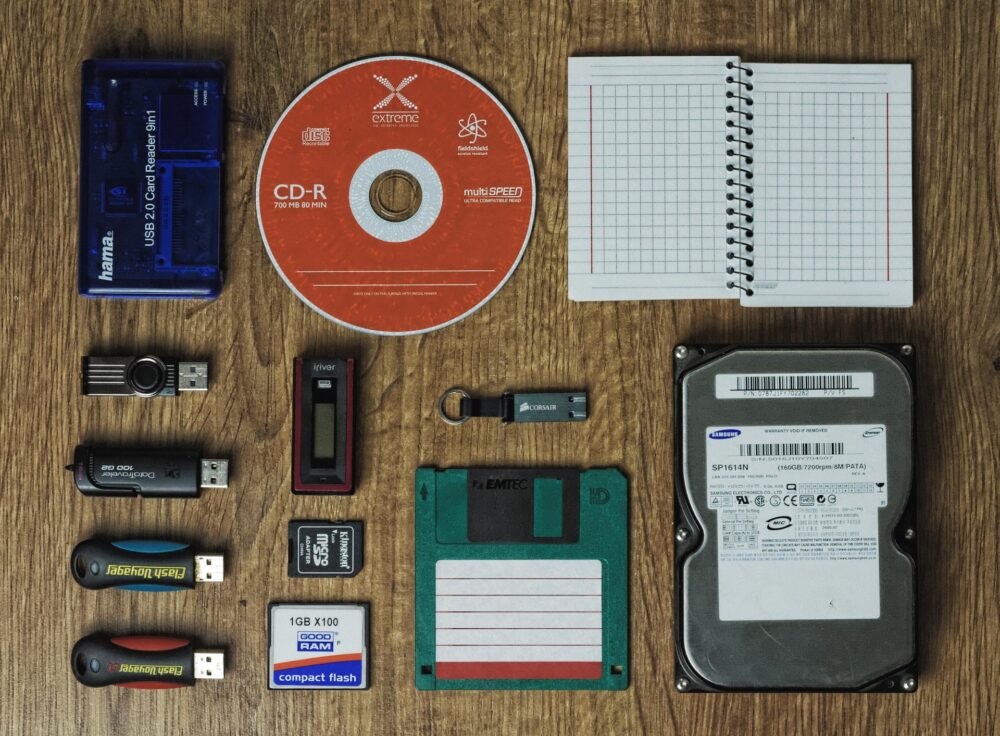Imagine this: You’ve just returned from an amazing trip. The heavenly pixel angels danced for you and your camera captured every breathtaking moment. Weeks later, your computer crashes. All those photos? Gone. The heartache is real, but it doesn’t have to happen. Backing up your landscape photos is super important. This guide helps you do it right.
Why Backing Up Your Landscape Photos Is Non-Negotiable
Landscape photos face unique risks. We often take them while traveling. These places can be remote, and our equipment is vulnerable. Also, these files tend to be large, filling storage fast. Failing to back them up can be a costly mistake.

The Risks of a Single Point of Failure
Hard drives fail. It’s not a matter of if, but when. Theft happens. Natural disasters occur. Accidental deletion? We’ve all been there. Relying on one copy of your photos is a gamble you can’t afford to take.
Quantifying the Potential Loss: Time, Money, and Emotion
Think about what goes into capturing that perfect shot. Travel costs add up. Time spent scouting locations matters. Emotional investment? Huge. Losing those photos is not just about losing files. You can lose memories, effort, and even income.
Understanding the 3-2-1 Backup Rule
The 3-2-1 rule is a proven strategy.
- Keep three copies of your data.
- Use two different types of storage.
- Store one copy offsite.
This approach gives great protection. It guards your precious photos against almost anything.
Read: How to Keep Your Landscape Photos Safe
Building Your Landscape Photo Backup Strategy
Creating a great backup system is easier than you think. It just takes planning and action.
Step 1: Choosing Your Backup Media
Many options exist for storing your photos. Each has its own pros and cons.
- External Hard Drives: Cheap and portable, but they can fail and are vulnerable to damage.
- NAS (Network Attached Storage): Centralized storage is accessible from anywhere. The upfront cost is potentially higher. Knowledge and time to learn technical apsects may be required.
- Cloud Storage: Very convenient but subscription costs can add up over time.
Step 2: Implementing a Backup Schedule
Backups should happen on a regular schedule. How often? That depends on how often you shoot.
- Daily, weekly, or monthly schedules work for different people.
- Automated backup tools make life easier.
Step 3: Verifying Your Backups
Backups are useless if they don’t work. Test them regularly.
- Restore files now and then. Make sure they open without errors.
- Check the health of your hard drives. Watch for signs of failure.
Optimizing Your Workflow for Backup Efficiency
Smart workflow choices save storage space. They can also speed up the backup process.
Culling and Organizing Your Photos
Don’t necessarily back up every single shot. Be picky.
- Photo management software like Lightroom or Darktable helps you cull quickly.
- Consistent file naming and folder structure make things easier to find.
File Format Considerations
RAW files give you the most flexibility. They also take up a lot of space. JPEGs are smaller, but you lose some quality.
- RAW vs. JPEG is a personal choice. Think about your needs.
- Lossy compression (JPEG) reduces file size, but throws away data. Lossless compression (TIFF) keeps everything.

Leveraging Cloud Services for Offsite Backup and Collaboration
Cloud services are a good solution for offsite backup. Plus, they help you share photos.
Remember: The ‘cloud’ is just some else’s computer
Advanced Backup Techniques and Considerations
Want even more protection? These techniques take things to the next level.
RAID (Redundant Array of Independent Disks)
RAID uses multiple hard drives to create redundancy. If one drive fails, your data is still safe.
Hybrid Backup Strategies: Combining Local and Cloud Solutions
Using both local and cloud backups gives you the best of both worlds: speed and safety.
Encryption and Security Best Practices
Encryption protects your photos from unauthorized access. It’s a must if you store sensitive images.

Conclusion
Backing up your landscape photos isn’t just a good idea. It’s a necessary one. It gives you peace of mind and protects your valuable work. It helps with business continuity. Remember the 3-2-1 rule. Don’t wait. Create a backup plan today.

